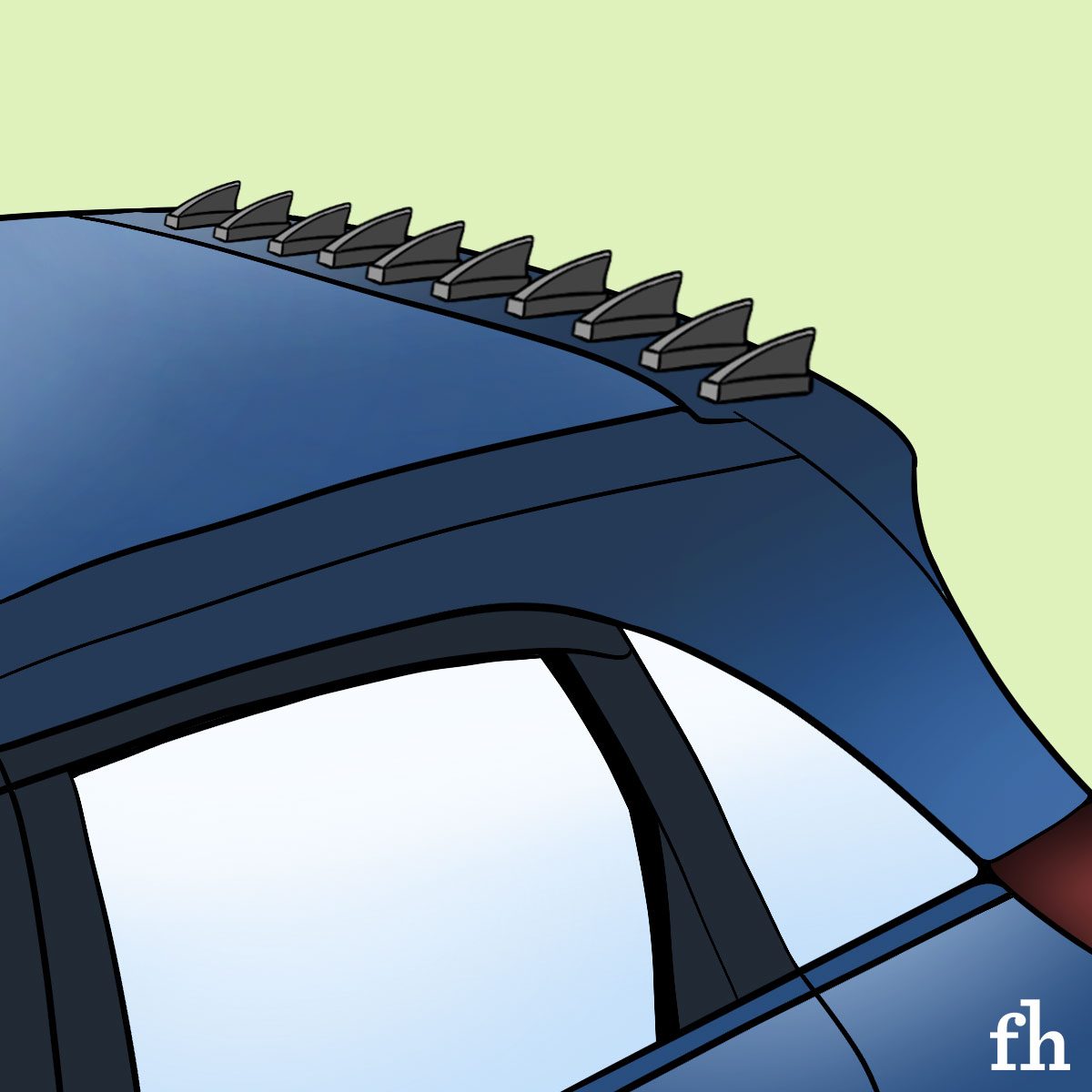Ever wondered why some cars have tiny shark fins on them? Here's the scoop on vortex generators and how they improve performance!

Why Some Cars Have Multiple ‘Shark Fins’—And What They’re Really For

Have you ever been driving along and noticed a car sporting what looks like a collection of mini shark fins on its roof or rear? No, it’s not a mobile ocean exhibit or some sort of wild DIY decor. Those sleek little fins actually have a purpose, and they’re called vortex generators.
On This Page
What Are Vortex Generators?
Vortex generators are small, fin-like attachments typically installed on a car’s roof or other surfaces that catch airflow. They’re designed to control how air moves over and around the car, improving its aerodynamics. These fins create tiny whirlwinds of air (aka vortices) that smooth out the airflow, reducing drag and turbulence. This results in better stability, especially at higher speeds, and sometimes even improved fuel efficiency.
What Do Vortex Generators Do?
When air flows over a car without a lot of disruption, it helps the car move more efficiently and stay more stable. At high speeds, air can become chaotic, especially around the back of the car. This creates drag and can make your car feel less stable. Vortex generators control that turbulence by energizing the air and guiding it where it needs to go.
Where Did Vortex Generators Come From?
These fins aren’t just a trendy car accessory—they come from aviation. Airplanes use vortex generators on their wings to improve airflow and performance. You’ll often see vortex generators on aftermarket car mods, where enthusiasts are looking for better performance or a sporty aesthetic.
Do You Need Them on Your Car?
Unless you’re driving a sports car or frequently hitting the track, vortex generators probably won’t revolutionize your daily commute. They’re most effective at high speeds, which isn’t where most of us spend our time. But, if you’re into the aesthetics of a race-ready car, adding vortex generators can give your ride an edgy, aggressive vibe. Just make sure they’re installed properly—placement matters for them to function as intended.




















